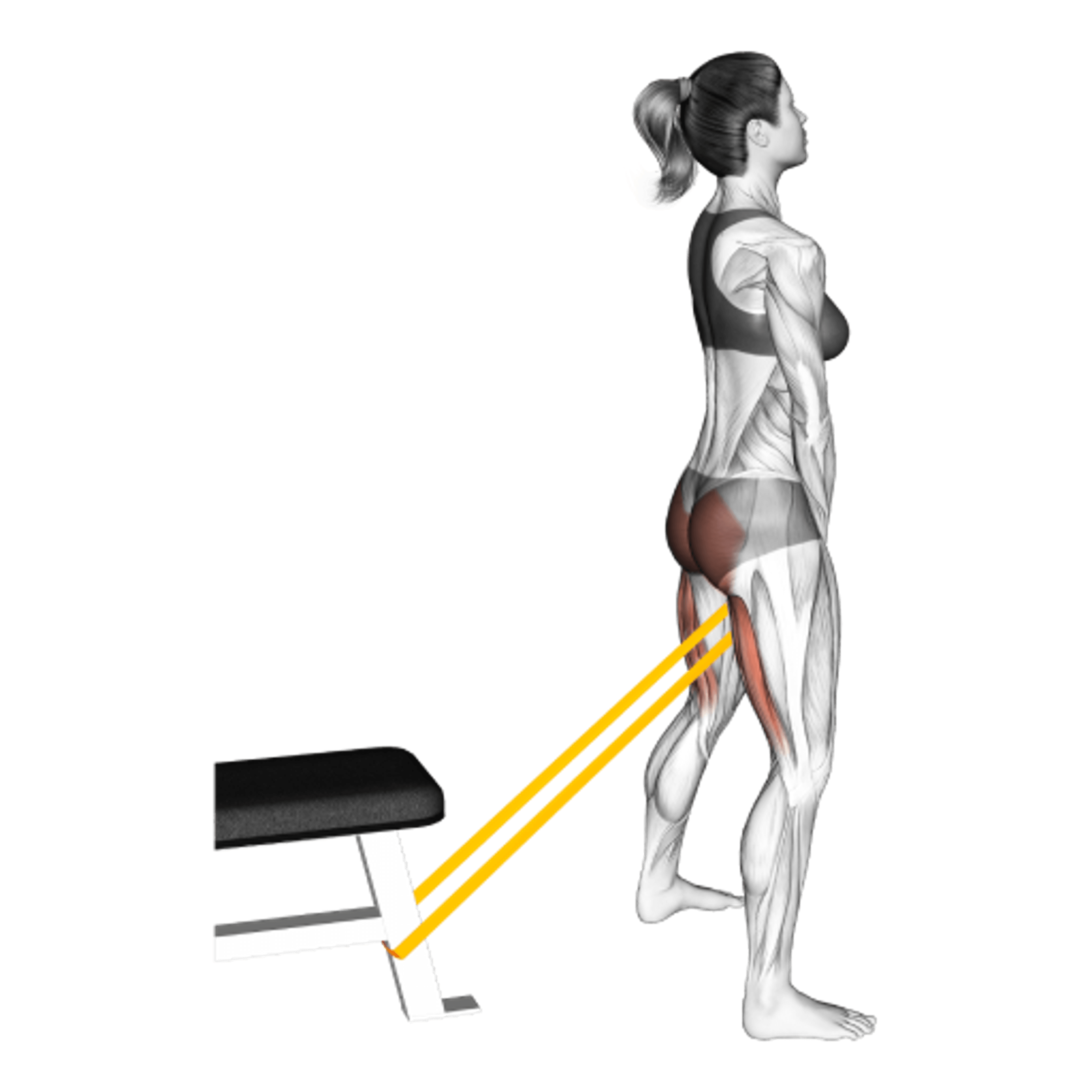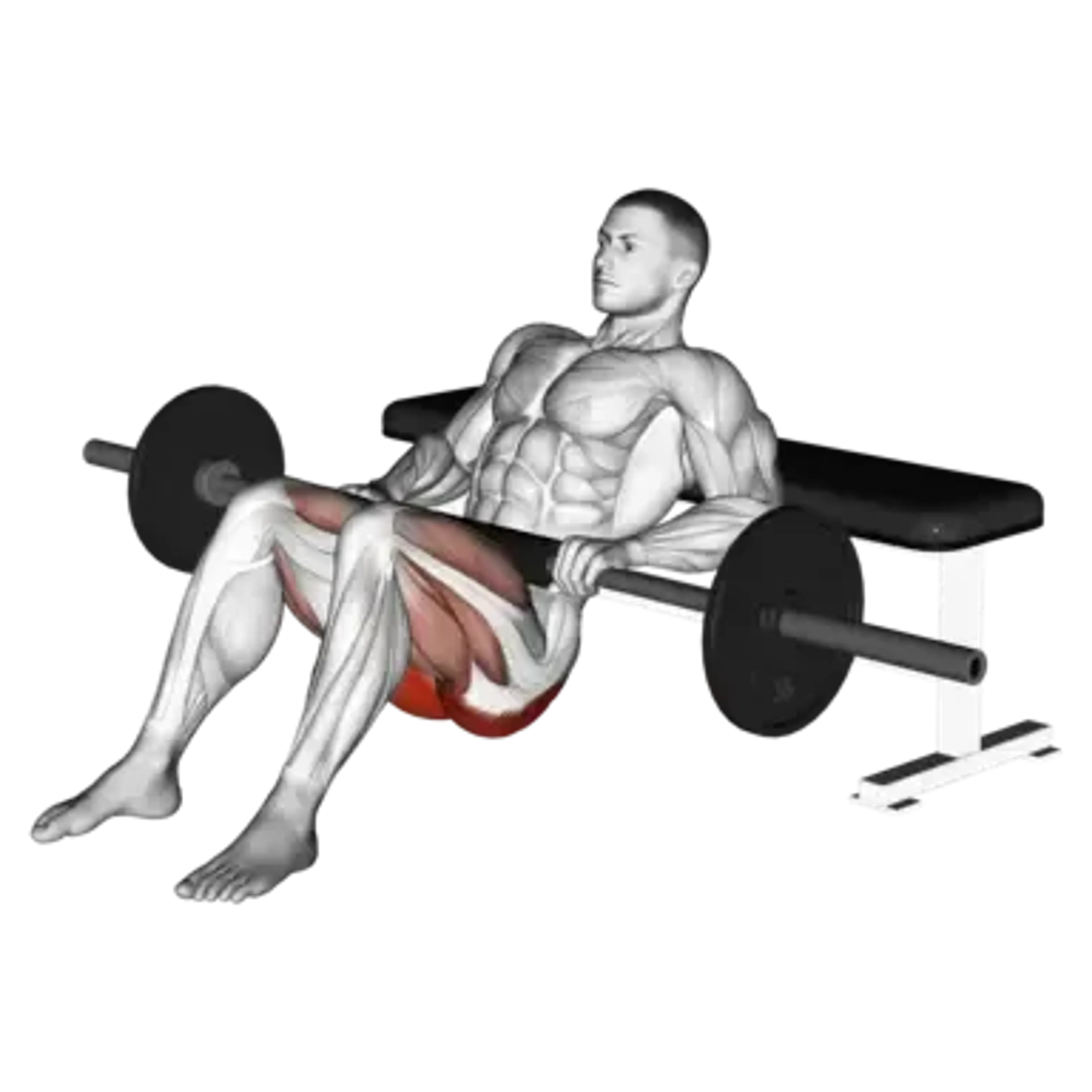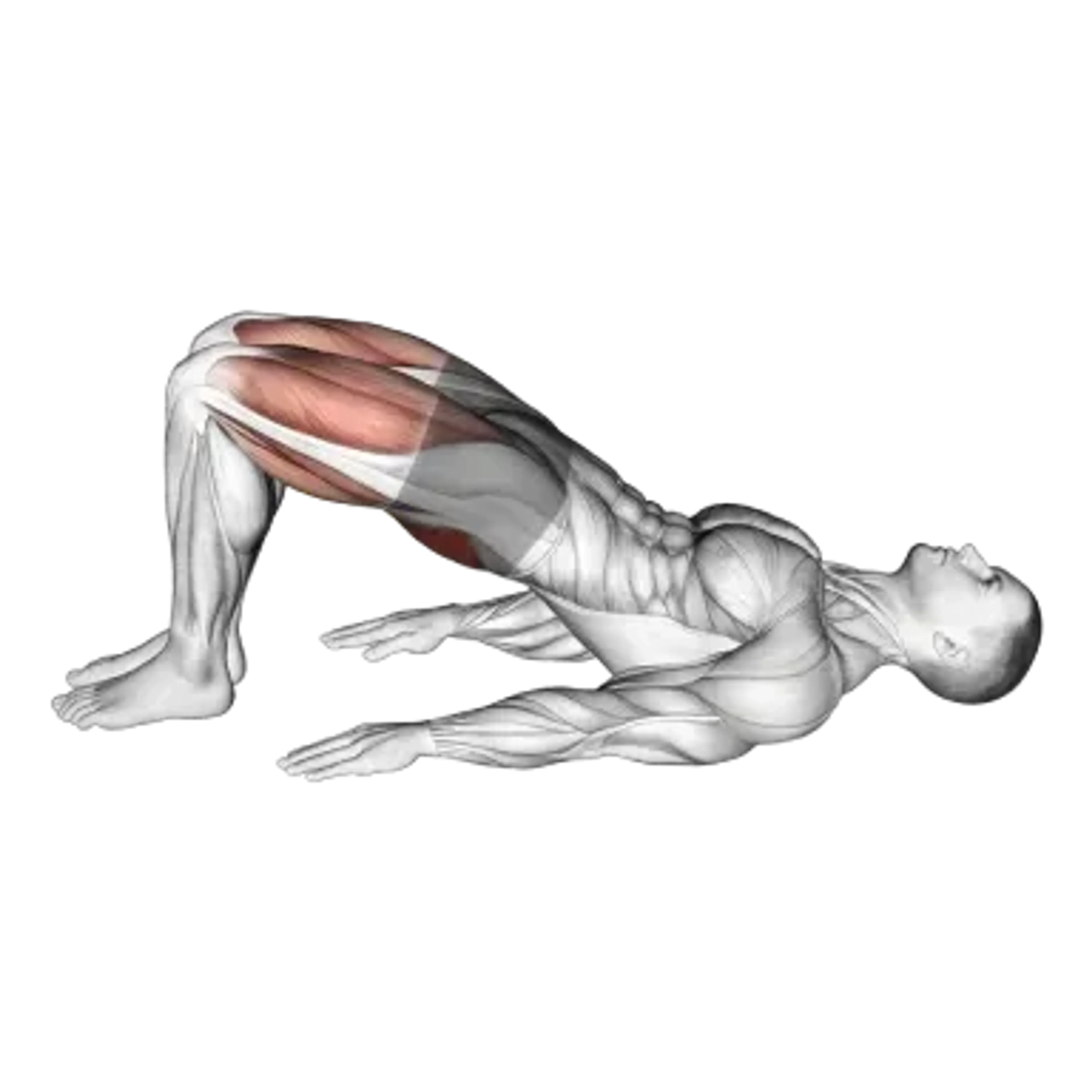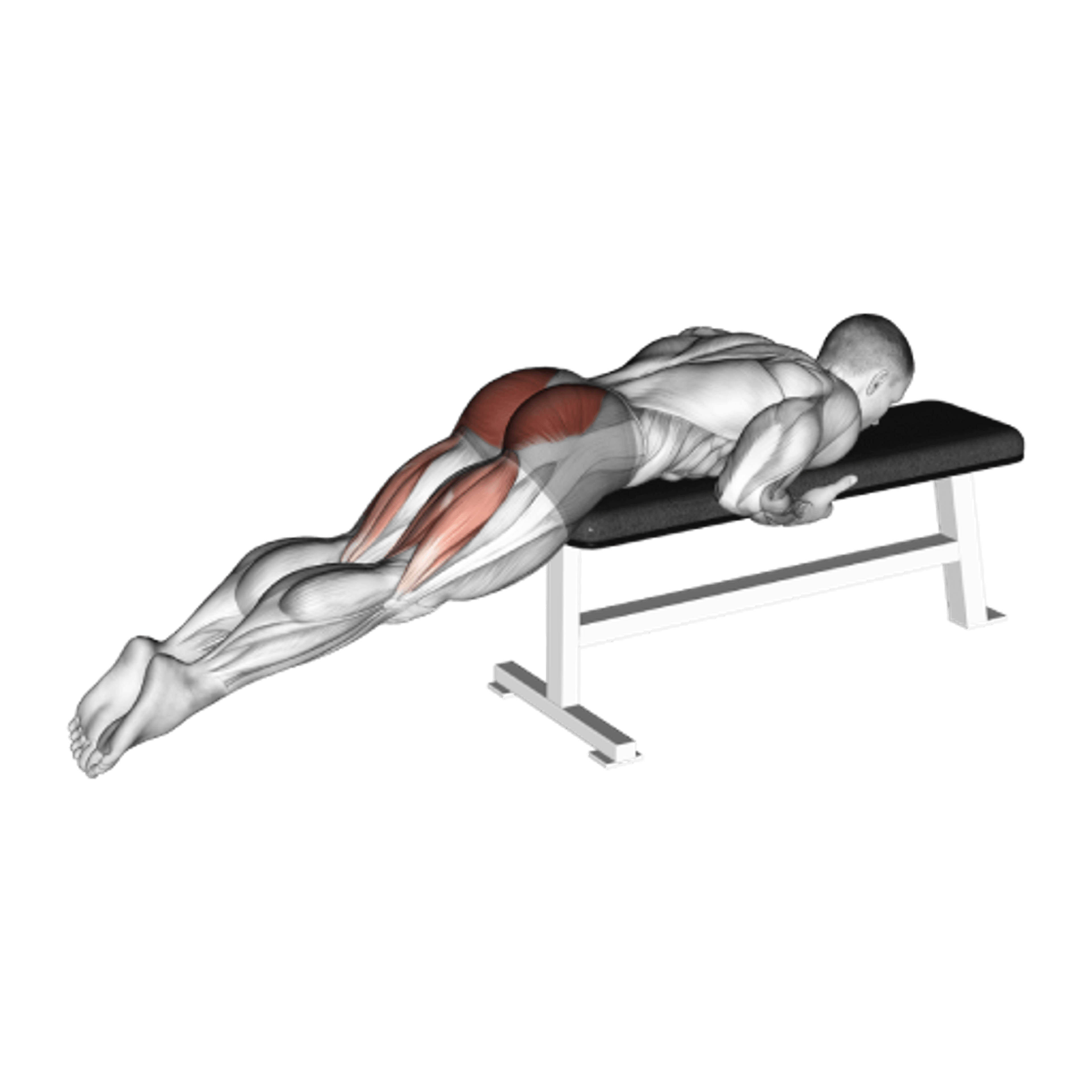Kettlebell Swing
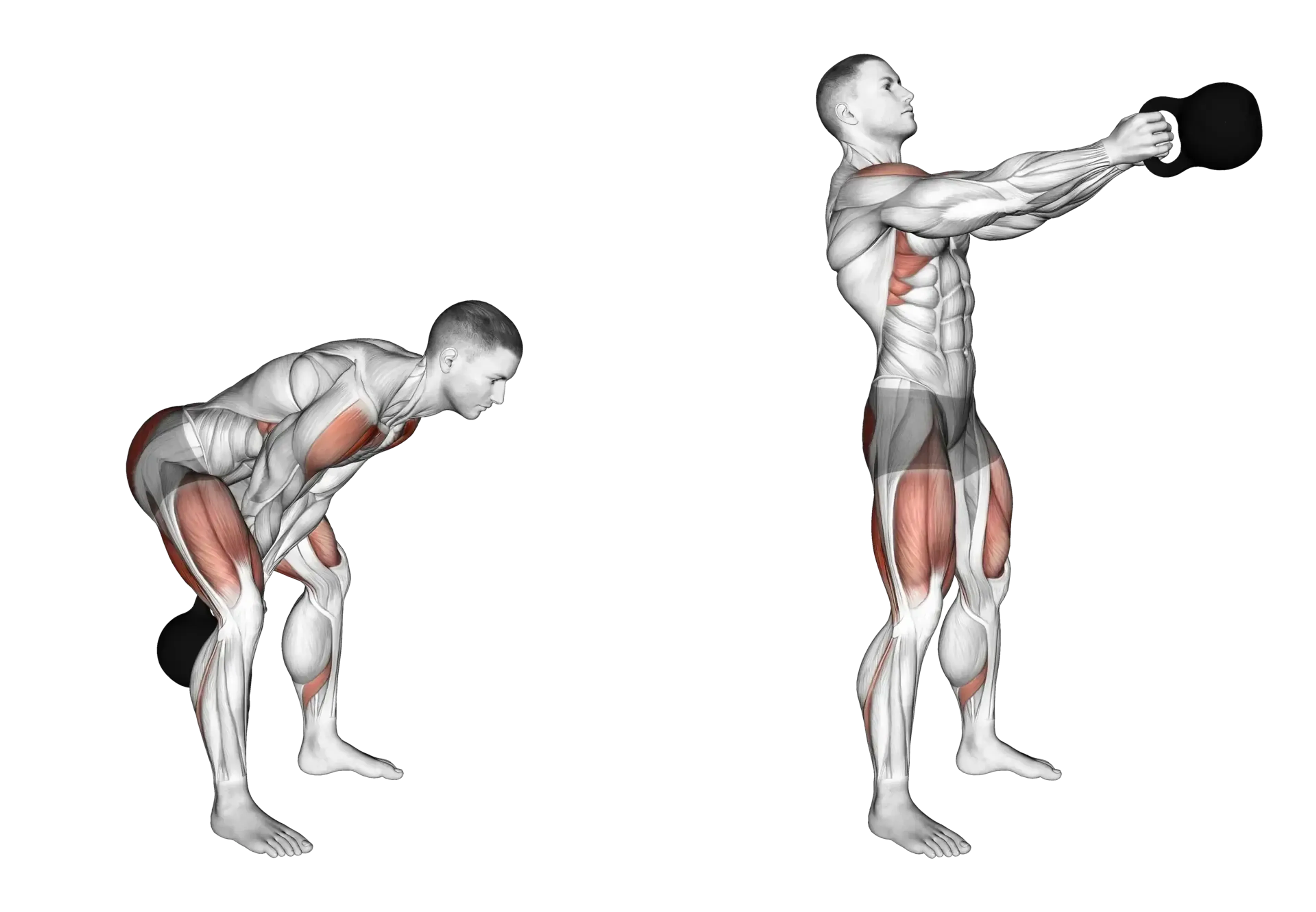
Overview
- Primary Focus:
- Glutes, upper legs, and back.
- Equipment:
- Kettlebell.
- Difficulty:
- Intermediate.
General Information
The Kettlebell Swing is a compound exercise that primarily targets the glutes and hamstrings, while also engaging the quadriceps, erector spinae, lats, traps, and deltoids. It is an intermediate-level exercise that builds explosive power, strengthens the posterior chain, and improves cardiovascular endurance.
What makes the kettlebell swing unique is its dynamic nature, combining strength and conditioning into one movement. Unlike traditional weightlifting exercises, the power in a kettlebell swing comes from the hip hinge rather than the arms, making it a highly effective movement for developing hip drive and full-body coordination.
This exercise is versatile and can be adapted for different goals. Performing swings in higher reps can provide a cardio boost, while heavier kettlebells focus on building raw power and strength. It’s a staple in many functional training programs due to its ability to enhance athletic performance and overall fitness.
Muscles Worked
- Gluteus Maximus
- Primary
- Biceps Femoris
- High
- Erector Spinae
- High
- Rectus Femoris
- High
- Semimembranosus
- High
- Semitendinosus
- High
- Vastus Lateralis
- High
- Vastus Medialis
- High
- Deltoid
- Medium
- Latissimus Dorsi
- Medium
- Lower Trapezius
- Low
- Serratus Anterior
- Low
- Soleus
- Low
Instructions
- Set up: Stand with your feet slightly wider than shoulder-width apart, toes slightly pointed out. Place the kettlebell on the floor in front of you.
- Grip the kettlebell: Hinge at your hips, bend your knees slightly, and grasp the kettlebell handle with both hands, palms facing down.
- Engage your core: Pull your shoulders back, brace your core, and ensure your spine remains neutral.
- Initiate the swing: Hike the kettlebell back between your legs, keeping it close to your body.
- Drive with hips: Explosively thrust your hips forward, driving the kettlebell up to chest height. The arms should stay relaxed — the power comes from the hips.
- Control the descent: Let the kettlebell fall naturally back between your legs, guiding it with your hips while maintaining a neutral spine.
- Repeat: Continue for the desired number of reps, ensuring a consistent rhythm.
Common Mistakes
Injuries
Kettlebell Swing is a medium-risk exercise when performed incorrectly, mainly due to the involvement of the lower back and hips.
- Lower Back Strain is the most common injury, often caused by rounding the back or using the arms to lift the weight instead of driving through the hips. Keep your core tight and hinge at the hips to protect your spine.
- Shoulder Strain can occur if you actively lift the kettlebell with your arms. Remember that the arms act as levers, with the power generated by the hips.
- Knee Discomfort may arise if you bend your knees excessively or push through your toes instead of your heels. Maintain a slight bend and ensure your weight stays in the heels throughout the movement.
Start with a lighter kettlebell to master the form and increase weight gradually. Focusing on hip drive and core engagement will help reduce injury risk.
Alternative Exercises

Frequently Asked Questions
- Q: How heavy should the kettlebell be for beginners?
Start with a weight that allows you to maintain proper form — typically 12-16 kg (26-35 lbs) for men and 8-12 kg (18-26 lbs) for women.
- Q: Can kettlebell swings replace cardio?
Yes, high-rep kettlebell swings can be a great cardio alternative, boosting endurance while building strength.
Overview
- Primary Focus:
- Glutes, upper legs, and back.
- Equipment:
- Kettlebell.
- Difficulty:
- Intermediate.

